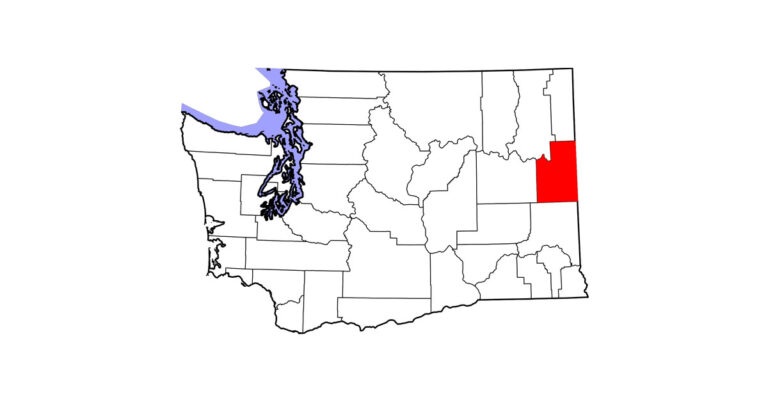Resistance to deworming medication is a growing concern in the horse world, making it ever more important to deworm only when testing shows your horse actually has a worm burden. That’s especially critical when it comes to tapeworms since there are currently only two effective drugs to fight them—and the parasite is a common cause of serious colic, explains Corrine Austin, PhD, of Austin Davis Biologics in the U.K.

Unfortunately, traditional fecal egg counts don’t work well to determine tapeworm load. A blood test—technically known as a serologic ELISA test—is the preferred diagnostic tool. But the blood samples needed must be collected by a veterinarian.
Dr. Austin and her colleagues wanted to find a similarly effective diagnostic aid that would allow horse owners to collect samples themselves. They developed a test, called EquiSal, that uses a horse’s saliva. To evaluate the test’s reliability, the team took blood and saliva samples from more than 100 recently deceased horses and tested them using the standard serologic ELISA test and the EquiSal test, respectively. They also visually examined the horses’ intestines and counted any tapeworms found.
“The results from the saliva test correlated [or related] well with the blood-test results as well as the actual number of tapeworms present,” says Dr. Austin. “It’s important for a diagnostic test to correlate well with the gold standard of infection—in this case, tapeworm numbers present at post mortem.”
EquiSal test kits are currently in use in the U.K., and Dr. Austin hopes they’ll be available in the U.S. this spring. The kits contain a specially designed saliva collection swab that the horse owner places onto the horse’s tongue, explains Dr. Austin. An indicator turns pink when enough saliva has been collected. The owner puts the swab in a provided tube and mails it to a central collection point; from there it’s sent to the U.K. for testing. About one to two weeks later, the horse owner receives results showing whether the horse has a low, borderline or moderate/high tapeworm burden. Deworming is recommended for all but the low-burden horses.
With 250,000 U.K. samples tested, only 25 percent have identified horses as having a tapeworm burden requiring treatment. This means that in a standard rotational deworming plan a large percentage of horses may be unnecessarily medicated. By preventing that, Dr. Austin and her team believe their test can
be a key component in reducing parasite resistance.










